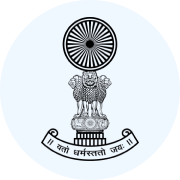Offenses Against Public Tranquility (Sections 141–160) | Criminal Law for Judiciary Exams PDF Download
Introduction
Maintaining public peace and order is essential for a safe and harmonious society. The Indian Penal Code (IPC), under Sections 141–160, defines offenses that disrupt public tranquility, such as Unlawful Assembly, Rioting, and Affray. These laws aim to prevent and punish actions that threaten the safety and peace of communities. This set of notes explains these offenses in simple language, with examples and clear explanations, to help students understand their legal definitions, punishments, and differences. By studying these sections, we learn how the law protects society from chaos and ensures public safety.
Unlawful Assembly (Sections 141–149)
An unlawful assembly occurs when a group of people gathers with a common intention to commit a crime or disturb public peace. The IPC defines and explains this in detail.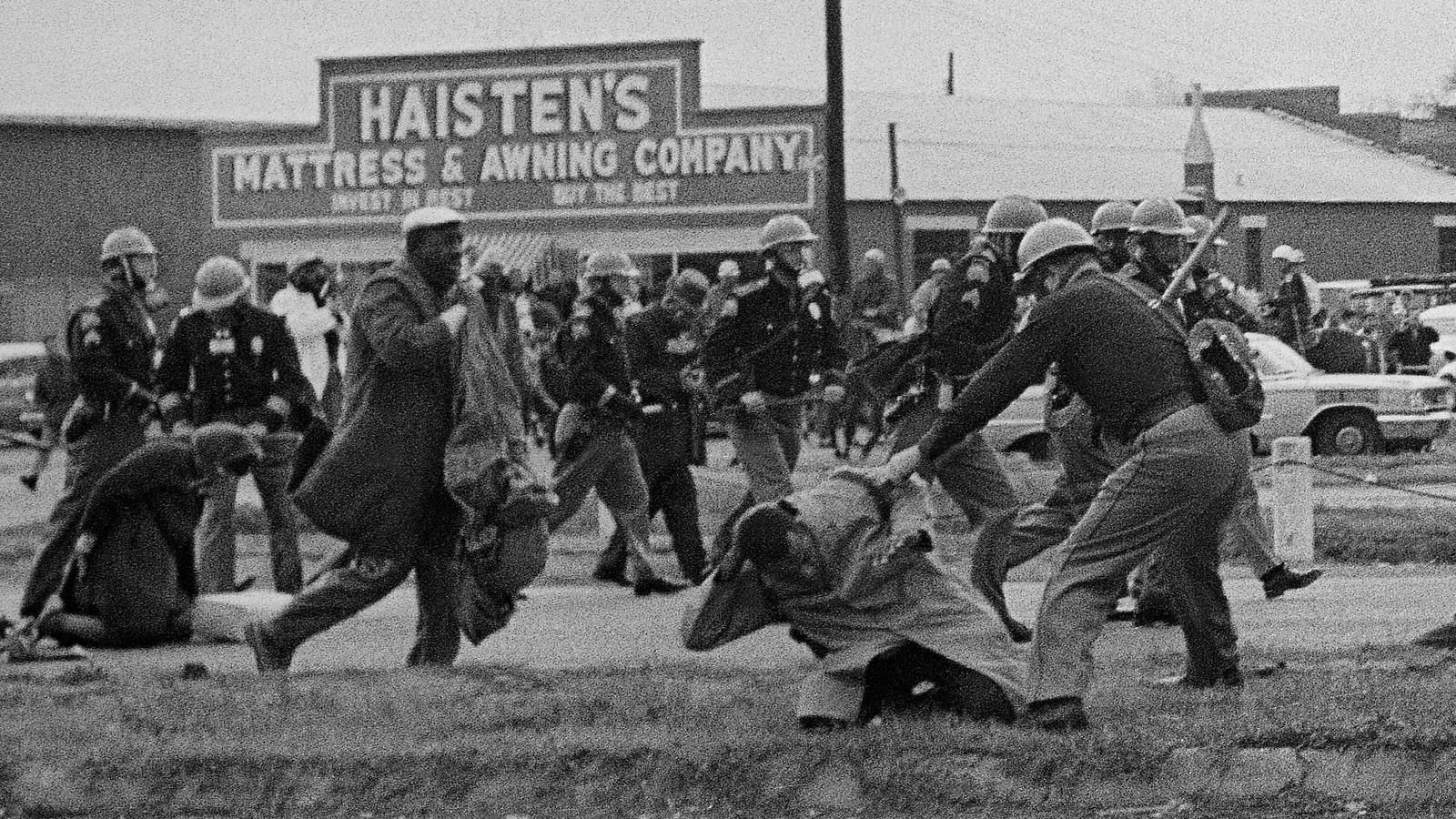 Unlawful Assembly
Unlawful Assembly
Definition (Section 141)
An assembly of five or more people is considered unlawful if their common intention is to:
- Use criminal force or violence against the government or public servants.
- Resist or obstruct the execution of any law or legal process.
- Commit any mischief, criminal trespass, or other offense.
- Use force or violence to take possession of property or deprive someone of their rights.
- Compel someone to do something illegal or prevent them from doing something legal.
Punishment for Unlawful Assembly (Section 143)
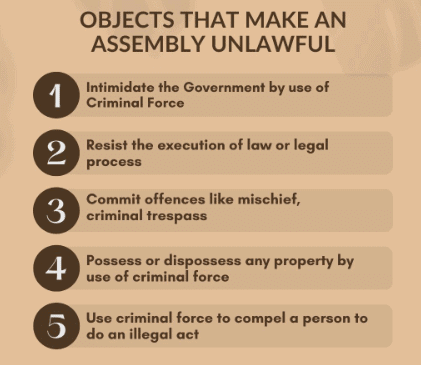 Being a member of an unlawful assembly is punishable with:
Being a member of an unlawful assembly is punishable with:
- Imprisonment up to 6 months, or
- Fine, or
- Both.
Joining Unlawful Assembly with Deadly Weapons (Section 144)
If someone joins an unlawful assembly carrying a deadly weapon (like a gun or knife) or anything that can cause death, the punishment is:
- Imprisonment up to 2 years, or
- Fine, or
- Both.
Liability of Members (Section 149)
Every member of an unlawful assembly is responsible for any crime committed by the group if it aligns with their common intention. This is called constructive liability.
Rioting (Sections 146–148)
Rioting is a more serious offense than unlawful assembly. It happens when an unlawful assembly uses force or violence to achieve their common intention.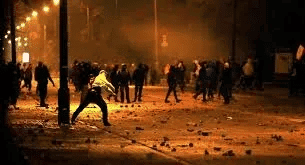 Rioting
Rioting
Definition (Section 146)
Rioting occurs when an unlawful assembly, or any member of it, uses force or violence to carry out their purpose. Even a small act of violence can make it a riot.
Punishment for Rioting (Section 147)
Rioting is punishable with:
- Imprisonment up to 2 years, or
- Fine, or
- Both.
Rioting with Deadly Weapons (Section 148)
If rioting involves deadly weapons or anything that can cause death, the punishment is:
- Imprisonment up to 3 years, or
- Fine, or
- Both.
Affray (Sections 159–160)
An affray is a minor offense compared to unlawful assembly and rioting. It happens when people fight in a public place and disturb public peace.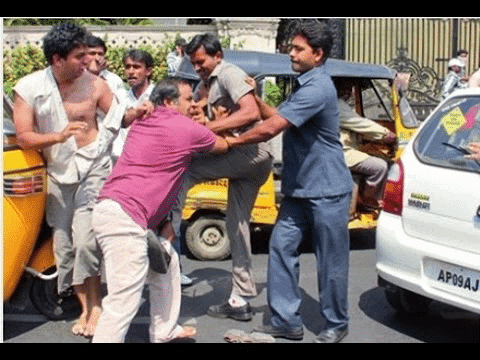 Affray
Affray
Definition (Section 159)
An affray occurs when two or more people fight in a public place, causing disturbance to others. Unlike unlawful assembly, it doesn’t require five people or a common intention.
Punishment for Affray (Section 160)
Committing an affray is punishable with:
- Imprisonment up to 1 month, or
- Fine up to 100 rupees, or
- Both.
Key Differences Between Unlawful Assembly, Rioting, and Affray
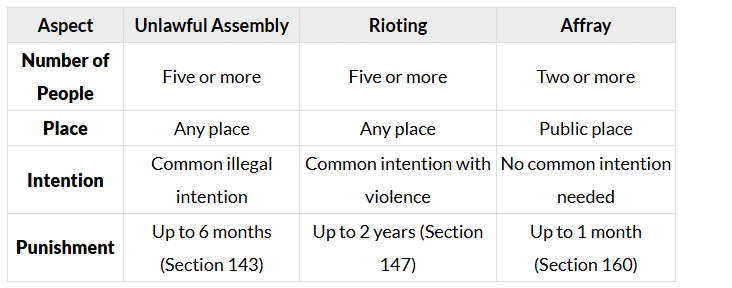
Other Related Offenses (Sections 150–158)
Sections 150–158 cover additional offenses related to public tranquility, such as:
- Section 150: Hiring or engaging people to join an unlawful assembly (punishable as a member of the assembly).
- Section 151: Knowingly joining or continuing in an unlawful assembly after it’s been ordered to disperse (up to 6 months imprisonment).
- Section 152: Assaulting or obstructing a public servant trying to disperse an unlawful assembly (up to 3 years imprisonment).
- Section 153: Promoting enmity between groups or doing acts prejudicial to public tranquility (up to 3 years imprisonment).
- Section 157: Harboring or hiding people hired for an unlawful assembly (up to 6 months imprisonment).
- Section 158: Being hired to join an unlawful assembly (up to 6 months imprisonment).
Summary
Offenses against public tranquility (Sections 141–160) aim to maintain peace and order in society. The key offenses are:
- Unlawful Assembly: A group of five or more with a common illegal intention.
- Rioting: An unlawful assembly that uses force or violence.
- Affray: A fight between two or more people in a public place that disturbs others.
Understanding these offenses helps in recognizing the importance of maintaining public peace and the legal consequences of disturbing it.
|
104 docs|69 tests
|
FAQs on Offenses Against Public Tranquility (Sections 141–160) - Criminal Law for Judiciary Exams
| 1. What constitutes an unlawful assembly under Sections 141–149? |  |
| 2. How is rioting defined, and what are the penalties under Sections 146–148? |  |
| 3. What is the difference between affray and rioting? |  |
| 4. Are there any specific defenses available for charges related to unlawful assembly or rioting? |  |
| 5. What are the other related offenses under Sections 150–158 that pertain to public tranquility? |  |




